DOCtalk by Dr. Gregg 5/22/11
A Confident Nobody
Most all of you who read what is written anywhere within the HIStalk realm know that our world, the world which straddles healthcare and technology, is rife with egos galore. (Actually, I should probably write that “EGOS”.)
Doctors are notorious for their inflated senses of self. Heck, even many a nurse or med tech gets in on the medical godhead fun.
Tech-heads aren’t far behind. In fact, sometimes when I listen to two technophiles go at it as to who has the superior program design or some such, the haughty disregard each expresses for the potential validity of the other’s opinion often exceeds that evidenced amongst medicos.
Confidence in our abilities and our decisions is vital to achieving anything. Sadly, its evil cohort, arrogance — which is really just a Girls Gone Wild version of confidence — often takes an otherwise fun time and turns it into a “whose is bigger / better” contest.
This seems particularly counterproductive to our current HIT drive. I say this because of many recent conversations where I see chest-flashing bravado circumvent honest progress. Whether it’s among HIT industry types or between medical folks discussing HIT or medicos taking on HIT-men (or HIT-women), all too often I see chest pounding (or, in keeping with the theme, chest flashing) prevent real potential progress.
Sure, we all like to think we know stuff. But, when “knowing stuff” turns to “showing off,” ears tends to close as pumped out chests start to grow. One knower stops hearing the other knowers. Even though all knowers know they don’t know it all, their know-it-all-manship takes a hold and makes unknown knowing unknowable because the knower thinks they now know no one knows as well as they know. Ya’ know?
I’m seeing more and more really good partial solutions coming down the HIT trail. Some are standalones, some are within larger products. The problem is that virtually none of them do as well on their own as they might if they were hooking up with some of the others. Yet, despite all the chest-flashing going on, few are moving on to the hookup. So many are so mired in the showing off that they forget that the flash is only a part of the fun; the hookup is where the real pay off happens.
With everyone thinking that they have the best answer(s), few are truly open to hearing how the other answers out there might sweeten a mutually satisfying association. Our endless egos, which are probably a large part of the reason for healthcare’s late arrival to the technological party, are also likely a prime source for its continuing negative inertia despite all the beads being thrown about these days. The bountiful beads, it seems, are making it pretty hard for most of the HIT “somebodies” to keep their shirts down. Everybody wants to show what they have; few are really looking at the bigger picture (i.e., it’s the hookup, not the flash, that is the goal.)
I worry about this for myself, too. I’m probably far worse than most since I have both geek and doc genes. I’m probably doubly inclined to start unbuttoning. But, honest, I try to keep an open ear and a closed shirt. I try to keep my brain engaged and my chest hairs covered. I try to think “listen,” not “talk,” because most of the time odds are pretty darn good that I’ll hear something I don’t know. When I’m not in the “gone wild” mode, goodness knows that I know just how little I really know.
So, if you ever catch me writing or talking as anything other than a “confident nobody,” please tell me to button my shirt. And, please, be you on the “H” or the “IT” side, keep your top down, too. There are some really good answers out there and they don’t just come from you or me. Remember: tops down, ears open, and we’ll all get to the hookup.
From the buttoned down trenches…
“In heaven, an angel is nobody in particular.” – George Bernard Shaw
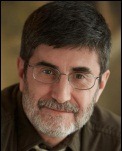
Dr. Gregg Alexander, a grunt in the trenches pediatrician at Madison Pediatrics, is Chief Medical Officer for Health Nuts Media, directs the Pediatric Office of the Future exhibit for the American Academy of Pediatrics, and sits on the board of directors of the Ohio Health Information Partnership (OHIP).

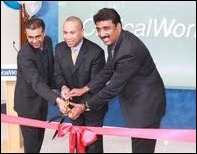





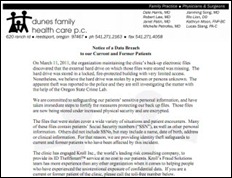
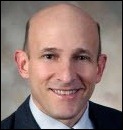


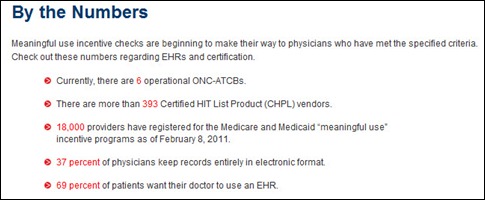


Re: Walmart Health: Just had a great dental visit this morning, which was preceded by helpful reminders from Epic, and…